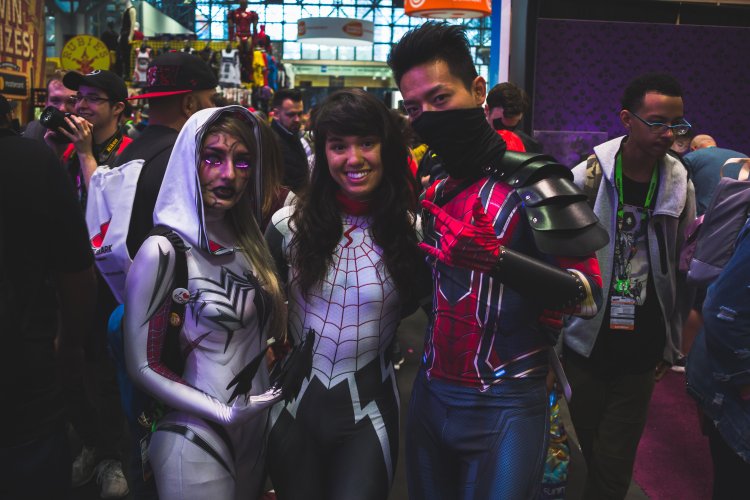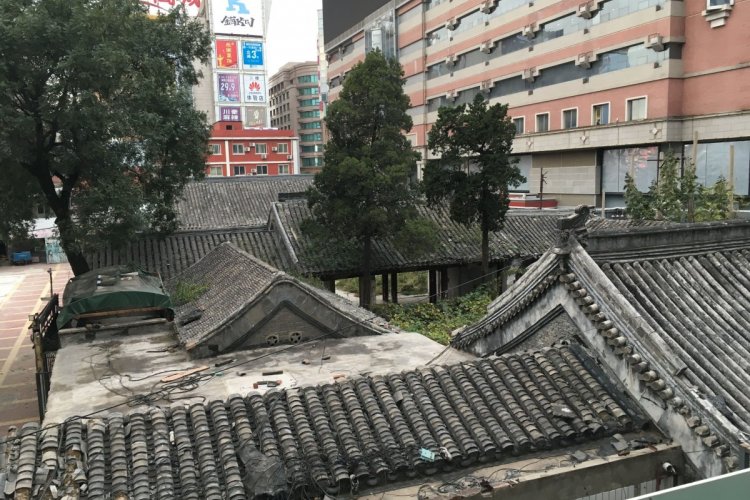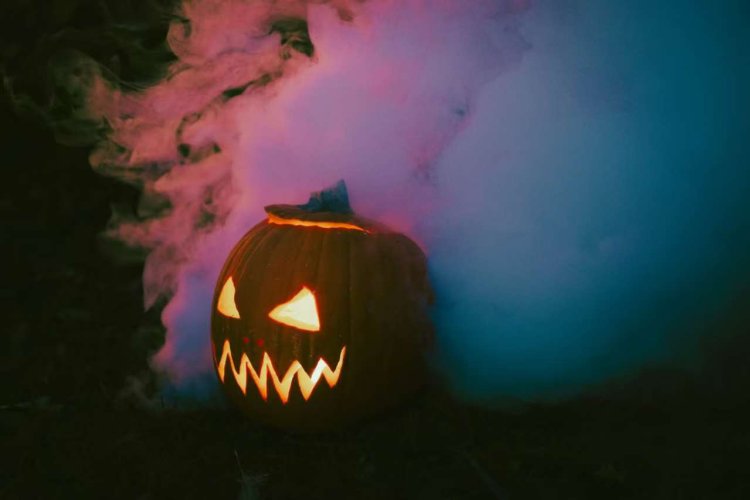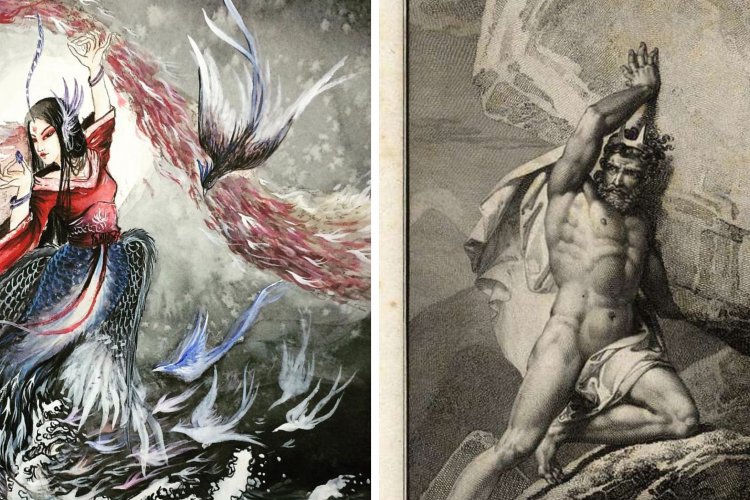The Painted Skin and Other Scary Tales: A Chinese Ghost Primer
Ghost stories, legends and tales of the supernatural abound in China - here is a rundown of some of the more interesting ones as All Hallow's Eve draws near:
The Painted Skin
Part of a collection of supernatural tales from Qing dynasty author Pu Songling's (1640-1715) book Strange Tales from a Chinese Studio (Liaozhai Zhiyi), this creepy and gruesome tale is one of the the main prototypes for a ghostly meme found throughout Asia - the vengeful female spirit (most recently depicted in the Japanese horror classics The Ring and The Grudge). In this tale a scholar takes in a mysterious young girl in his home and lets her stay in his studio, only to discover a terrible secret about her all too late. Illuminatedlantern.com has an excellent translation of this classic Chinese ghost story here.
Gan Bao: In Search of the Supernatural
Jin Dynasty (265-420 AD) historian Gan Bao is best known for his anthology In Search of the Supernatural: The Written Record (Sou-shen Chi) - a collection of supernatural stories and legends of the era that went onto inspire Pu Songling's book (see above). Legend has it that "Gan Bao became interested in these matters after a member of his family survived more than ten years sealed inside a tomb with the help of a ghost which brought her food."
Hungry Ghosts (E Gui)
A common supernatural legend across Asian Buddhist societies, Hungry Ghosts are the spirits of greedy, lustful people who have been condemned to walk the earth as "hungry" specters for their crimes and vices. One of the most creepy depictions was a scene in the 2005 horror film The Eye in which a hungry ghost who appears outside a diner and literally licks the window in an effort to get to the meat hanging within.
Ba Jiao Gui
Gambling addicts beware - if you commit suicide or die before paying off your gambling debts, you may well become one of these spirits, which apparently are rather ugly and "appear beneath banana trees" (not sure what the connection is, but maybe that's where mah jong tables are set up down south).
Hopping Ghosts
More of a zombie (a.k.a. jiang shi) than a ghost, these rather nasty creatures are the undecayed, reanimated corpses of the disappointed deceased -- i.e. the unavenged, murdered, homesick, unburied etc. The "hopping" name refers to the fact that these buggers tend to move about in jerk-like motions, presumably due to rigor mortis. They also stink. Nice.
Gui Po
Yet another female spectre, this time in the form of an old woman, usually a former servant or caretaker who has come back with a vengeance. Better think twice before you yell at your ayi.
Wu Tou Gui
As if a vengeful female ghost or reanimated, half-decayed corpse isn't enough to make you pee your pants, how about coming across a headless specter in some dark hutong late at night? It is said that most spirits of this kind were the victims of beheadings and Beijing, with its tumultuous imperial history, should have no shortage of the restless, headless dead.
Zhong Kui, the Chinese Ghost Hunter
China's own version of the "friendly ghost," Zhong Kui was a scholar-official who killed himself after the emperor forcefully stripped him of his title. He later returned from the underworld, not
A Pre-Halloween Professional Development for Chinese Language Teachers
Chinese Ghosts and Monsters
Wikipedia list of supernatural beings in Chinese folklore
Weirdworm: Five Types of Chinese Ghosts
Lafcadio Hearn: Some Chinese Ghosts (ebook)
myghostvillage: Chinese Hopping Ghosts
Wikipedia: Ghosts in Chinese Culture






